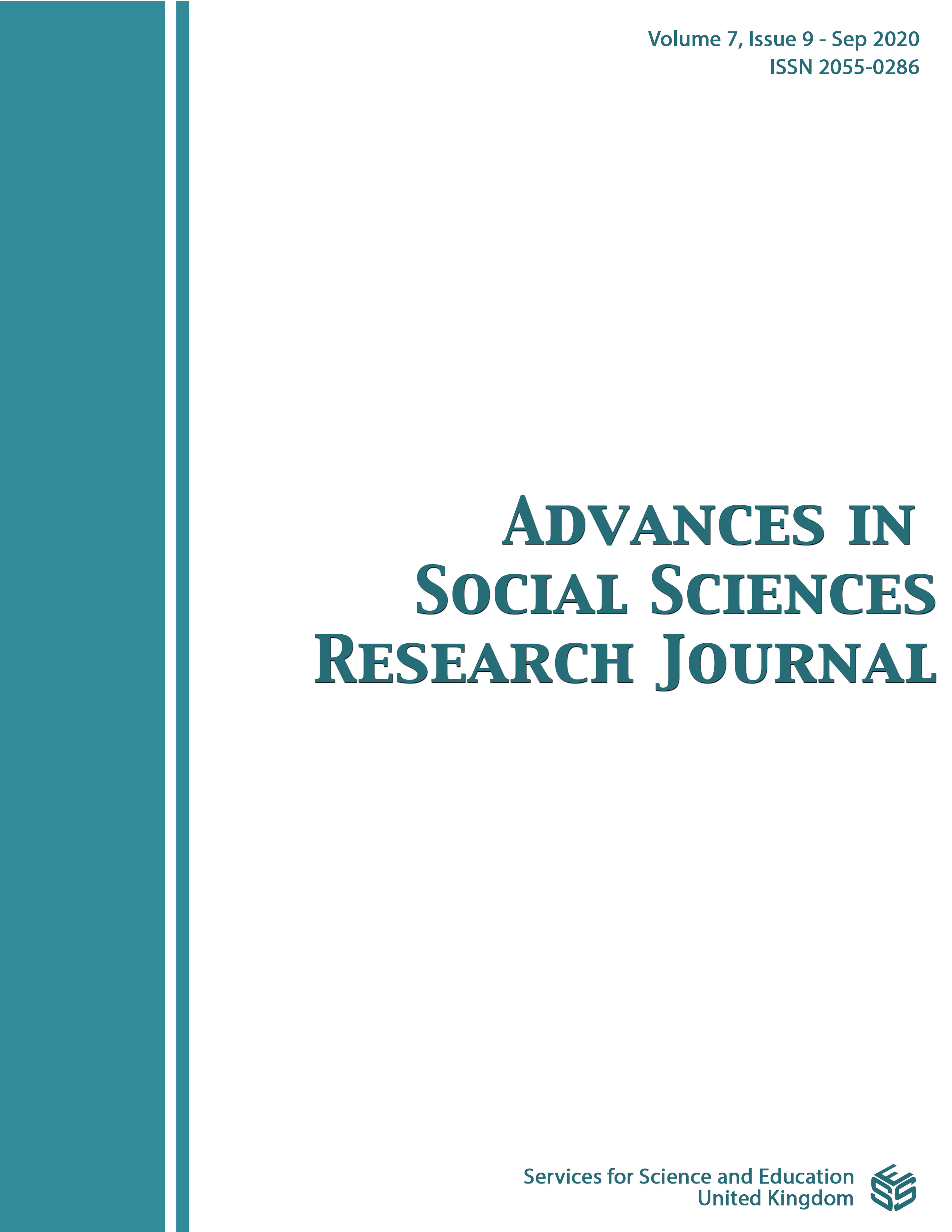Periurban housing: the genesis of a new urban identity: Case of two suburbs of Sfax city in Tunisia
DOI:
https://doi.org/10.14738/assrj.79.8933Keywords:
suburban space, lived life, suburban interaction, urban identity.Abstract
The spontaneous periurban, peripheral, non-communal or anarchic spontaneous habitat in Tunisia is a recent phenomenon that began as early as independence and has continued to increase to the present day. This type of habitat is a new configuration of urban space in the sense that it expresses a set of signs and symbols that refers to a specific culture and a certain relationship that is established between social actors and their space.
In this context, the question could be asked: why is this type of habitat perceived as peripheral, illegal and marginalized? Couldn't it be the focus of a sensual daily life?
The space of these outlying neighbourhoods is the place of interaction through which each inhabitant writes his scenario through his actions, values and daily practices to forge an urban identity both individual and collective. This is what we have seen from fieldwork in two suburbs of the city of Sfax: Ben Saida and Erryadh district where poverty and marginality were experienced as a creative experience.
The interactionism and sociology of everyday life thus constitute our theoretical framework through which we will use observation and audiovisual recording as investigative techniques to take a close look at the spontaneous behaviours of social actors and to deeply analyze their daily conversations of the populations of the outlying districts of Sfax.
The interactionism and sociology of everyday life thus constitute our theoretical framework through which we will use observation and audiovisual recording as investigative techniques to take a close look at the spontaneous behaviours of social actors and to deeply analyze their daily conversations of the populations of the outlying districts of Sfax.
We are trying to go beyond the classic theories that the State/Society relationship could only be a vertical relationship, that is, a determinant/determined report loaded with violence that can only be revealed from the representations of these populations towards the State in the form of attitudes and opinions because the decisions that the State makes for the benefit of the populations push them to react by opposing for the We are thus trying to go beyond the classic theories that the State/Society relationship could only be a vertical relationship, that is, a determinant/determined report loaded with violence that can only be revealed from the representations of these populations towards the state in the form of attitudes and opinions because the decisions that the State takes for the benefit of the populations push them to react by opposing to assert, on the other hand, their attachments to the peripheral space-neighbourhood itself if it was stigmatized and excluded by state institutions. The daily experience is therefore rich in meaning and symbols and it deserves a long time to make it the raw material of our sociological analysis.
Downloads
Published
How to Cite
Issue
Section
License
Authors wishing to include figures, tables, or text passages that have already been published elsewhere are required to obtain permission from the copyright owner(s) for both the print and online format and to include evidence that such permission has been granted when submitting their papers. Any material received without such evidence will be assumed to originate from the authors.






